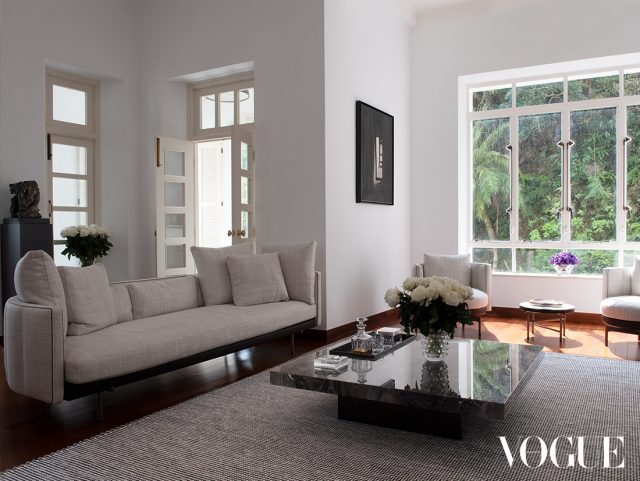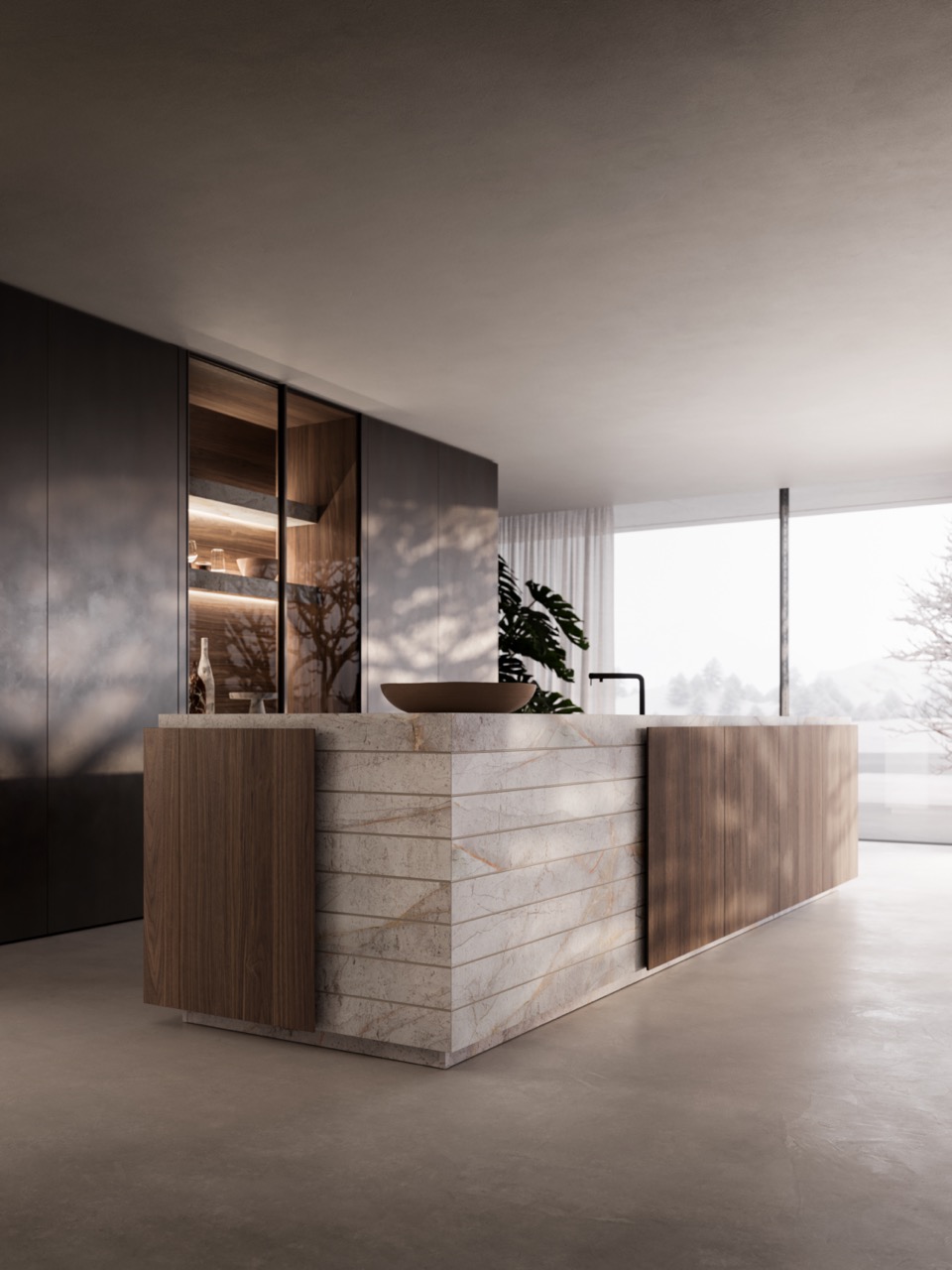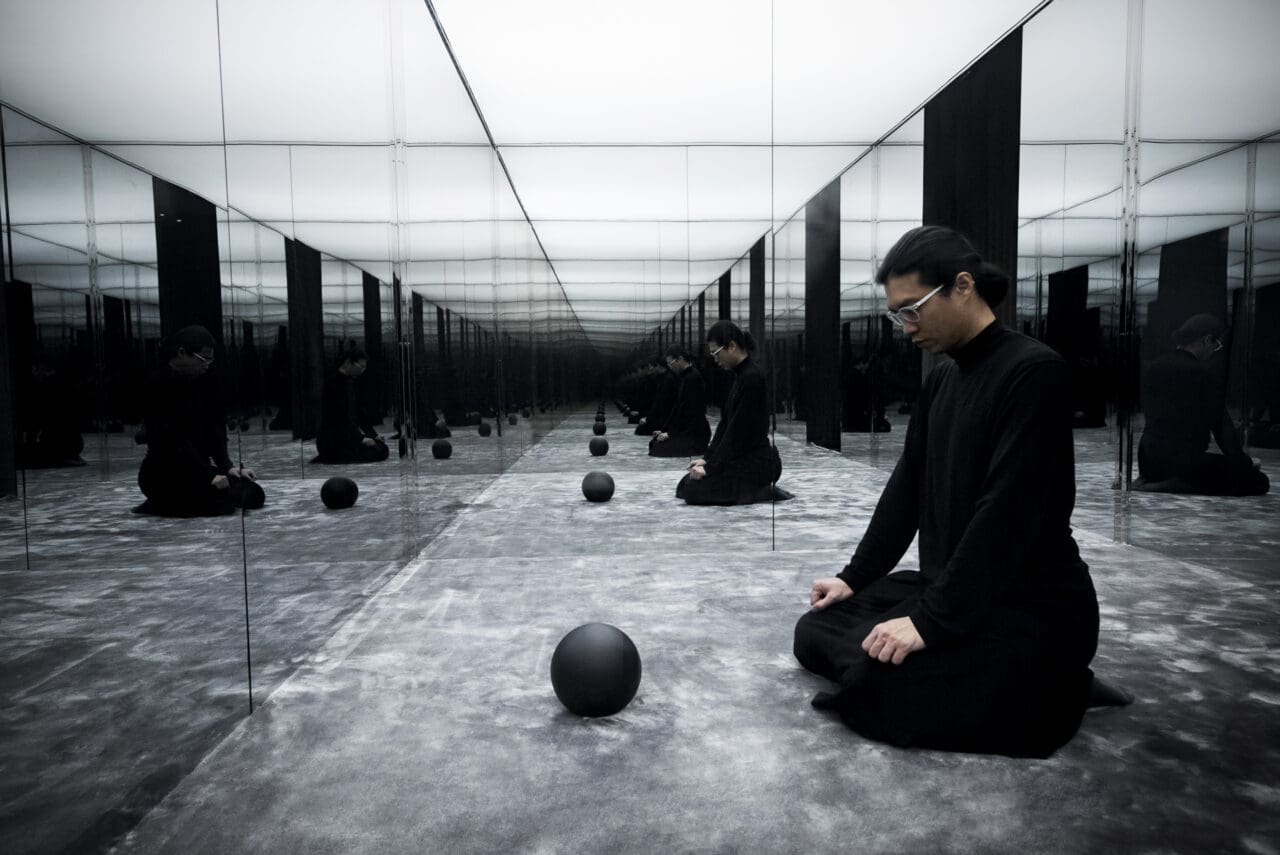The way to Chatham Maison in Mid-Levels is up a deep and unwinding path that takes you to another world and time. A five to ten minute walk reveals the elegant and mysterious British colonial building – unlike any other residential space in Mid-Levels. “We’re very blessed,” says art gallerist Amanda Wei and her partner and gallery director PYT. “Before the pandemic, we discussed our dream of having an old-fashioned house where we could transpose exhibitions from commercial galleries to a unique space, away from the traditional business model.”
“Unable to travel, we’d often pass by this place, and think about how great it would be if this place could be used for art exhibitions,” Wei continued. “One day, we found out that the residents of the mansion were moving out, and our dream came true.”
Historic buildings like Chatham Maison don’t come without a story. Built in 1927 by British architect John Caer Clark, Chatham Maison is said to have once been requisitioned as a residence for Japanese officers during the Japanese occupation. The building was later used as a residence for Japanese military officers during the war. However in the times since, Chatham Maison has been used as both a film set and a residence though now it is newly a home for contemporary art. “We’ve transformed Chatham House into a multi-functional contemporary art space in addition to our existing commercial space on Wyndham Street in Central, inheriting a century of history and culture that breathes life into contemporary art,” Wei says.
Without seeing Chatham Mansion for yourself, it’s not easy to fully appreciate its grandeur and elegance. Its British colonial architectural style is complete with classical pilasters inside and outside of the walls; three double-height floors; and an elegant floor-to-ceiling window that opens onto a spacious 270-degree terrace looking to the Bank of China Tower. The building is also a declared Grade II monument, its original structure preserved with minimal renovations and restorations alongside new interior design and the installation of new art.
Details from the original house are kept intact, including the fireplace design found in every living room and the elegant decorations on the ceiling. Amanda and PYT liked the integrity of the details and so they preserved each fireplace, while embellishing the setting with soft lighting and artwork. Additionally, the expansive rooftop space elevates each art gathering held at Chatham Maison. “We held an art talk earlier and invited guests to the rooftop for drinks, snacks, and conversations,” Wei says. “The combining views of Victoria Harbour and the Peak were perhaps the only souvenirs needed.”
While the interiors are certainly eye-catching, the heart and soul of the mansion lies within the art it carries. The hallway, living room, parlour, dining room, and even bathrooms have all been transformed into galleries in their own right, each displaying contemporary artworks carefully curated by Amanda and PYT. The rooms on the second floor have also become small exhibition halls with large oil paintings and sculptures. The artist’s whose work makes up Chatham Mansion’s aesthetic interior are collaborators and promoters of the galley, including Chinese artists Tan Ping and Zhou Chunya, French expatriate Ceet Xi Fu, Taiwanese expatriate Fu Qingfeng, and Hong Kong stone sculptor Lai Chi Man, who is well known on both sides of the Taiwan Strait. There are also private collections of works by artists such as Lin Fengmian and Tsuji Fujita. Aligned with Wei Gallery’s ethos to promote and support artists in their development in the art world, Chatham Mansion continues on the mission of having a long-standing relationship with artists.
The colonial-style house sits in juxtaposition to the contemporary furniture choices in the space. Wei and PYT enlisted their friend Kinney, an interior designer, to curate the furniture, which ranges from mid-20th century Italian design to contemporary artist’s work, each with its own distinct characteristics, yet still working synergistically with the other pieces to create a harmonious atmosphere. “We are particularly fond of Hall 3 at the end of the corridor: the rectangular, spacious layout offers a wide range of possibilities for art lectures, and the striking curved floor-to-ceiling windows take full advantage of natural light to highlight the bright breeze and sky outside,” the gallerists explained.
They went on to describe the mansion’s pièce de résistance, saying: “The main artist decoration in this space is a custom-made 12-person table by Taiwanese artist Alixe Fu, made of transparent solid acrylics with hand-painted faces on the back of the chairs, representing the depth and richness of the artist’s subconscious personality. Above it, the light piece by designers Giopato & Coombes may not necessarily emulate a particular style both pieces are in strong, artistic juxtaposition which ties the space together as a whole.
The house’s unique historical atmosphere brings along a new perspective to Hong Kong’s art space. “We held the first abstract art seminar at the Chatham House in May and June this year, and all four participants were delighted and moved by the relaxing environment of the Chatham House,” Wei says. “we were grateful for the uninterrupted learning experience.” Wei and PYT also hope to bring new impetus to the development of local art. Located in the heart of Hong Kong, the scale and facilities here are as unique as a private art gallery and a great venue for a variety of art activities. “In the future, we will be organising seminars and art training, complementing our Central space, Wyndham Court, which promotes emerging artists, to provide a unique art experience,” Wei says, providing a preview on what’s to come. “We hope that this will expand the scope of exhibitions in Hong Kong, promote the sustainable development of the art ecology, and inject more vitality into the local and international art community.”
In the future, the duo hopes to hold museum-scale exhibitions here to showcase more works of international art masters. In the future, they hope to hold two major retrospectives a year; for example, guests can look forward to a major retrospective of artist Tan Ping in the second half of 2021. In addition, they hope to organise art lectures and special events to break away from the commercial approach and footsteps of traditional commercial galleries, so that guests can breathe in this paradise and enjoy the cultivation and learning of art.
Editor
Ahy ChoiCredit
Lead image: Natalie Dunn






